
MARMOR III
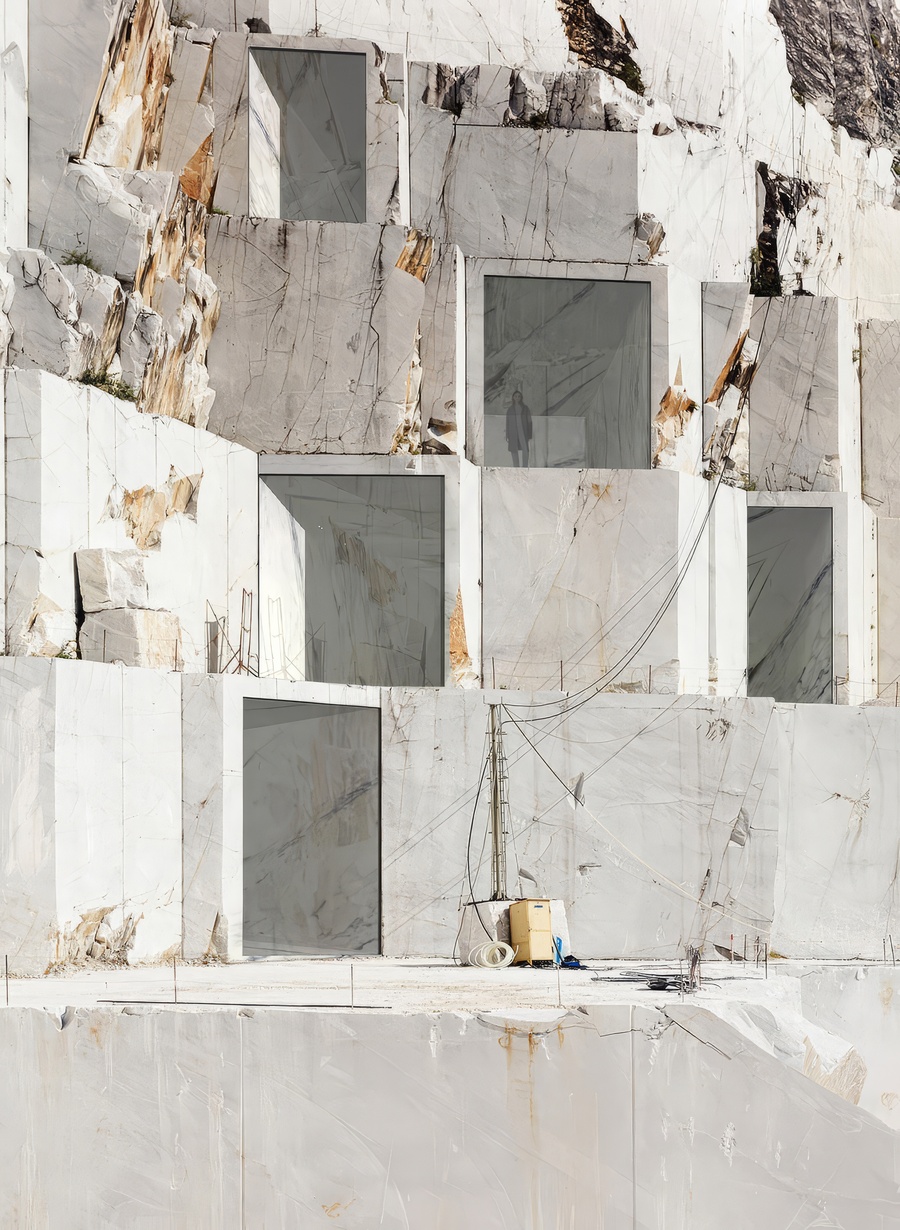
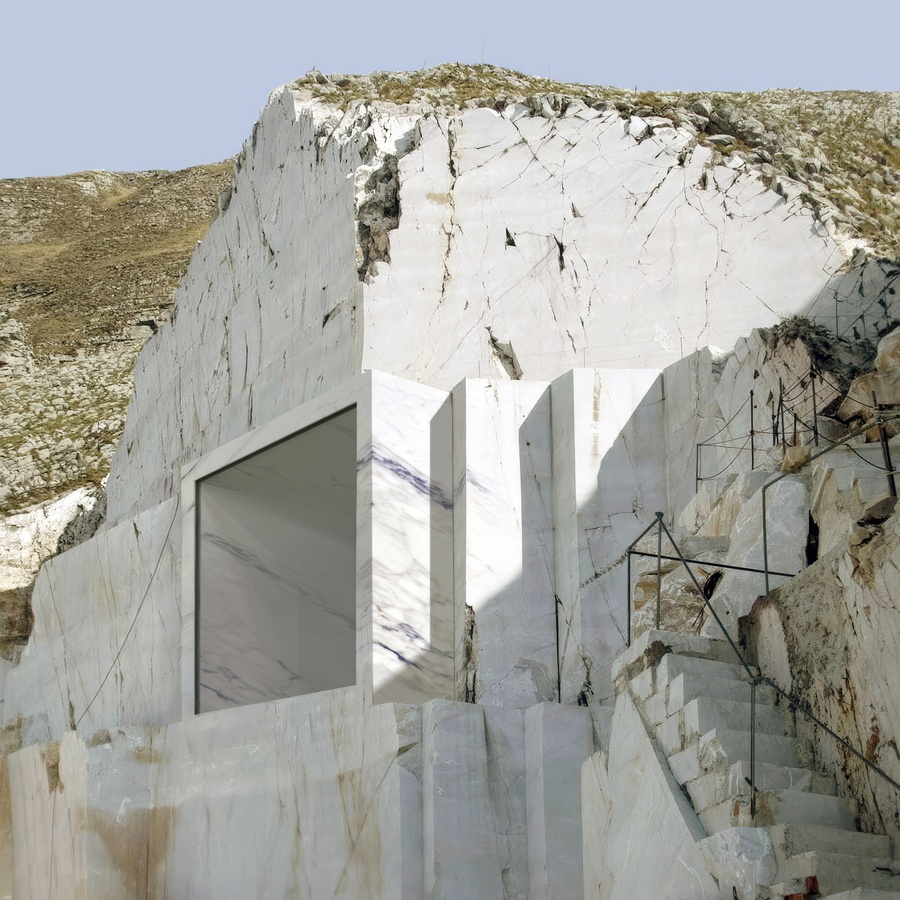
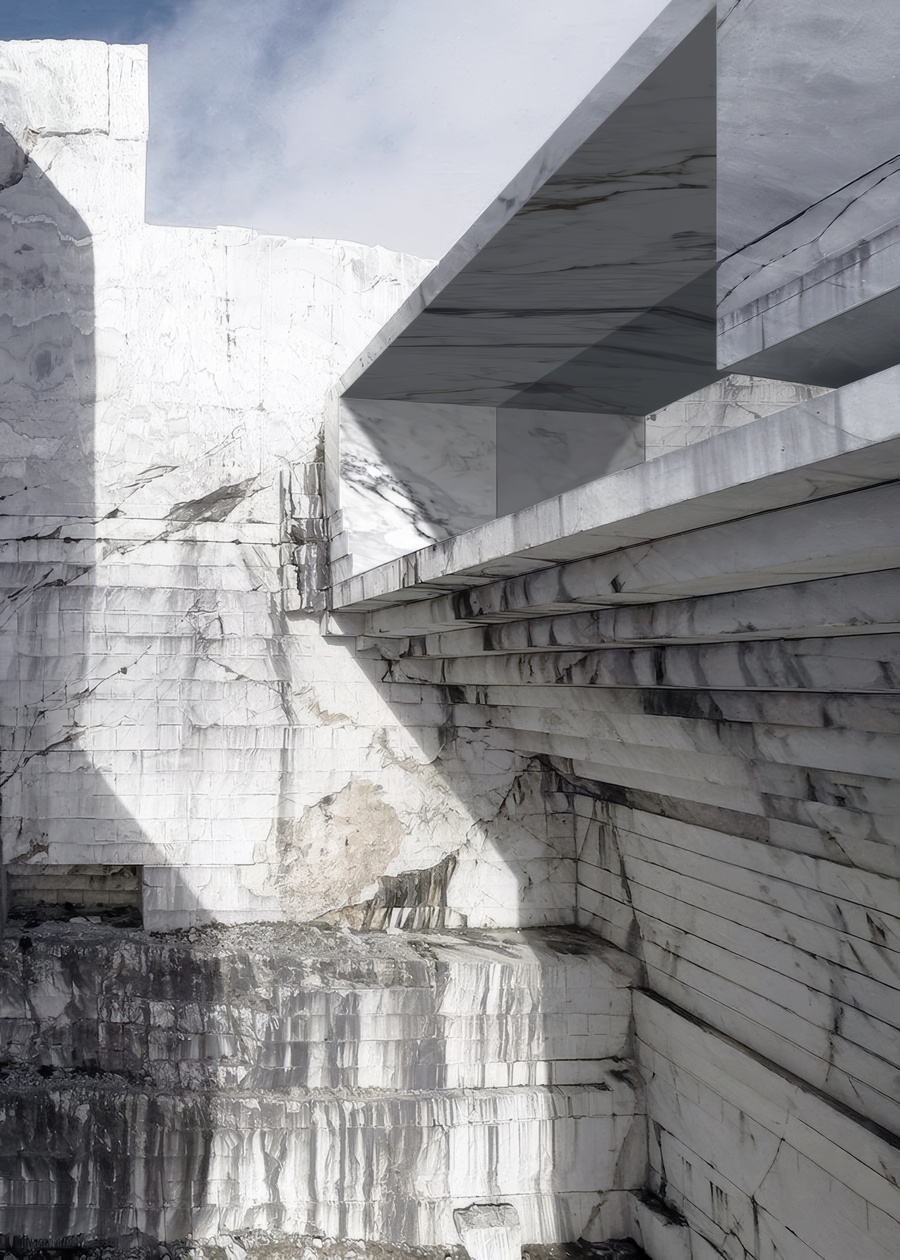
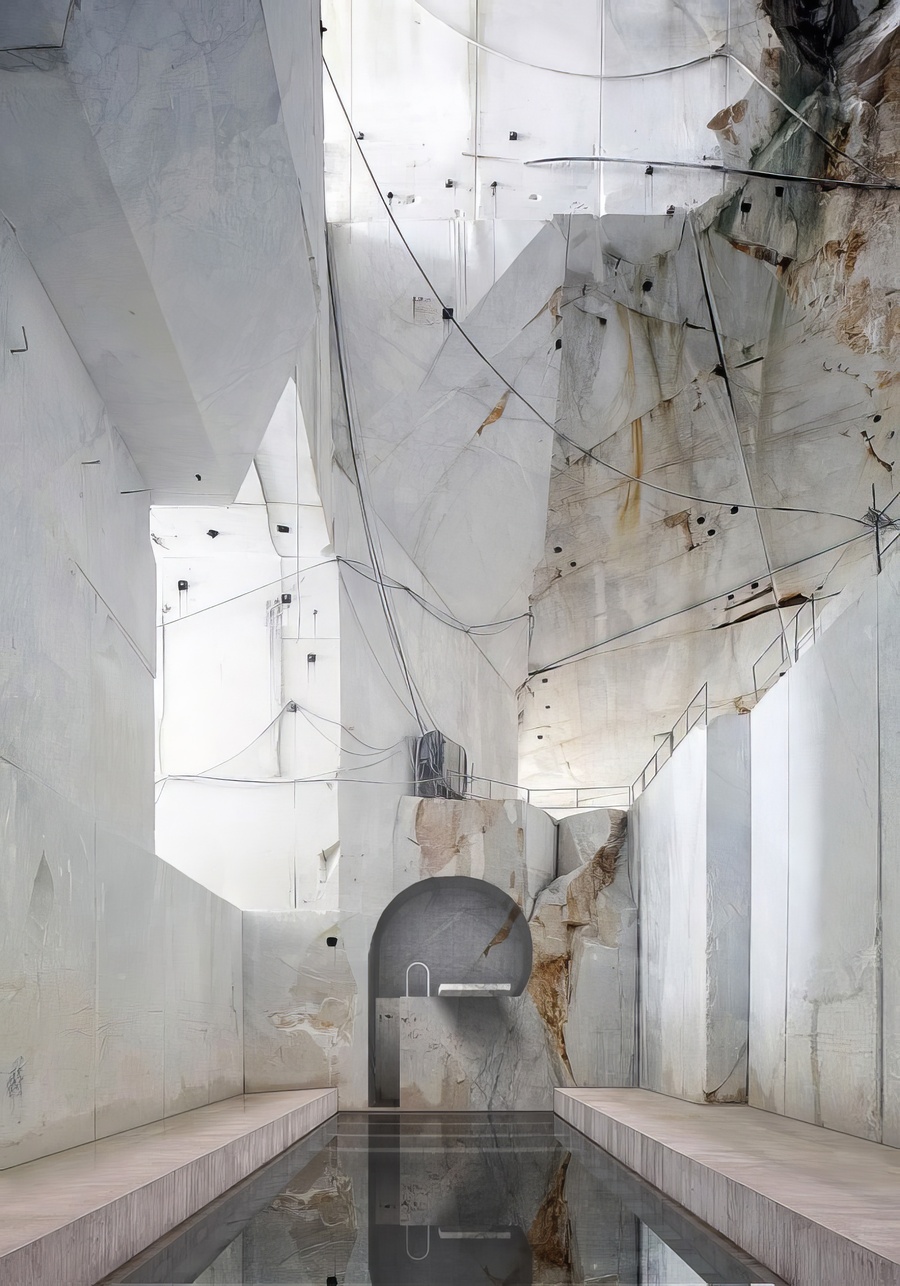
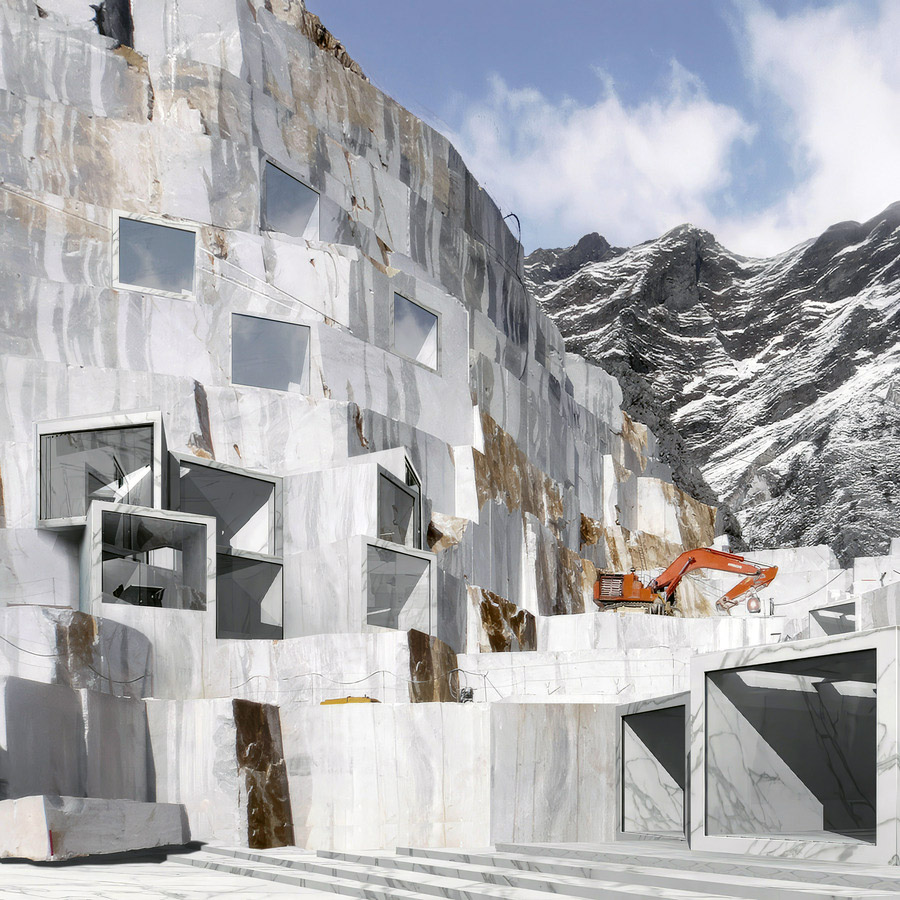
MARMOR III
Huge
craters dot the Italian landscapes like open wounds on the
territory. From North to South the abandoned quarries in Italy are
16.045, most of them former marble quarries. This is the
photograph taken by Legambiente in the 2014 quarries report.
Although the crisis in the construction sector has actually
contributed to reducing the amount of stone materials
extracted, the numbers are still impressive: one billion euros
in revenues, 80 million cubic meters of sand and gravel, 31.6
million cubic meters of limestone 8.6 million of cubic meters
of ornamental stones extracted in 2012. The
breathtaking landscapes of marble quarries, shaped by the
human hand, has an incredible evocative power. Its still
echoes from its industrialized past, where man has dug
ceaselessly to extract a noble material, shaping a landscape
for eternity, leaving its ineffaceable trace in the territory.
Extraction sustains our society, and even in recent decades we
have been advancing technologically, we have not progressed
enough that slowing down the pace would be possible. We rarely
stop to think about the origin of the materials which makes up
the built environment, or the raw materials necessary to the
endless demands of contemporary human activity. And so, as the
world population has become increasingly more and more urban,
the landscapes that provide these raw materials become more
remote and spatially distant from the daily view, and since
literally these landscapes disappear, we may think of them as
lost landscapes. Exactly here, within these frightening
numbers but yet also this enormous architectural potential,
our project MARMOR
III comes into play. This project
intends to give several possible strategic but also
provocative answers to the following questions:
What to do with these abandoned sites?
How can our actions contribute to the natural?
How can the natural contribute to our way of life?
The real architectural provocation here is to actually 'live in marble', with this simple evocative slogan and through the images provided the viewers mind is immediately transported into a modern interpretation of a penthouse in the midst of a marble quarry with spectacular views, minimalist residential units immersed in marble, a thermal bath entirely excavated in a quarry. That is also when the viewer realizes that this project is also realistic, we can imagine to actually live in one of those spaces, surrounded by marble in an archaic yet hyper modern and minimalist environment. Water as added element nourishes a new ecosystem that extends outward. While inhabiting the spaces deep within the mountain the visitor gets the true sense of the land altering process of marble mining while being able to take in the breath taking experience of inhabiting these spaces once only seen by the eyes of the men and woman who excavated the stone. The scale shift from the large pit flooded by a waterfall, to a small intimate space utilized for reflection on oneself, is effective in making one feel the true connection to nature and other beings. It is a true escape from our busy lives to become one with the natural environment. We, as humans, have the opportunity to benefit the environment and all living things. It is our relationships with the environment and other species that make us part of an ecosystem.
In proposing the intervention in different marble quarries, in addition to readjust the space for a new use, it is aimed to strengthen the relationship with the genius loci, highlighting an atmosphere that encourages the visitor to reflect on the impacts caused by the extraction of materials, represented in this case, the contrast between human scale and the monumentality of the site. At the same time the visitor or inhabitant will have as well a very intimate relationship with the marble as material but also with marble in its purest architectural form. Marmor III proposes a strategic reuse of these abandoned marmor quarries. These different site specific architectural interventions would reconfigure the former volumes excavated for marble extraction and excavating new ones to better adapt the different project typologies. Meanders of sculptural porosity and unique architectural compositions are created by occupying and modifying the voids of each quarry. The different project proposals generate different spaces through the process of addition and subtraction, establishing a dialogue between raw material and human production. The building approach is somewhere between architecture and nature, it is an expression of diversified architectures that live between raw and glossy, modular and sculptural, opaque and transparent, solid and void.
Crazy as it may sound, since first published on my personal instagram i have already received several requests for actually acquiring one of the apartments, a hotel chain contacted me to make a feasibility study, a marble quarry in South Tyrol is interested in a collaboration of sorts, so it is evident there is a real architectural and a more importantly, a commercial potential in this project. From an architectural provocation to an architectural intervention, it is ecological and sustainable.